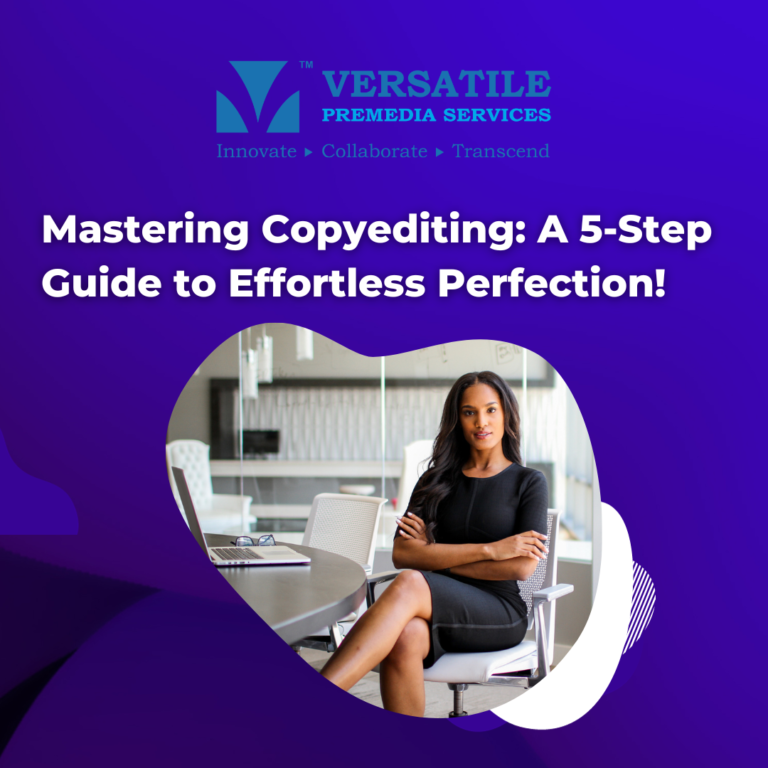Book writing is useful for thoughts, communicating ideas and information. They are present with dramatic changes in their forms and still in high demand though. Book based production workflow and Scene Writing in a book involves the manuscript phase, proofreading phase and printing phase.
Every’ Frame and Scene’ of a book, has to have an intention.
A scene is – ‘A Sequence of Continuous action’/ a Chain of cause and effect. It can be– situation-centred or character-centred.
A scene is depicted as ‘An incident of a specific nature or A Subdivision of an act of a play. Scenes have tone and mood impacted by the type of events they show. Tone and mood can either stay as it is or changes as the scene unfolds and new progress arises. In a stage, the time is continuous, and the setting is fixed. They typically focus on a single, specific context, event and character.
So how can you start a ‘Sequence of Continuous Action’ that clutches your reader?
- Make Use of Mystery to Create direction
It’s very frustrating to come across a story that meandered all over without getting to the point. At the beginning of a scene, includes the untold, that the readers will want to be answered. It can be something like- why a character is sprinting for the bus or where are they off to, in such a hurry? —All this to create mystery!
Mystery can be something as simple as the unexplained reason, such as why a character left the house, walked a few paces, stopped, frowned, and hurried back. Mystery scenes create more suspense, as we wonder about it more and more.
- Harbour the scene opening in setting
It is fascinating if, at the start of any stage, we have a sense of where and when events are unfolding. That’s where background gives a scene tone and mood and an understanding of the possible and impossible.
Example, opening time setting leads us to expect a conflict of some sort. We might wonder whether the night manager is caught up in the war in some way.
While starting a scene with background features, ask yourself the following-
- What does my setting make possible? –it is possible that the direction of the character’s life could change suddenly due to conflicts beyond their control.
- What does my setting make impossible? — if characters are stuck in an alpine pass, they can survive only so long.
- How do I want the tone and mood of my setting to be? Is your scene-setting tense, relaxed, lyrical or dramatic?
Begin a scene with a setting that feels connected to the character emotionally.
- Create a movement to build motivation–
There’s no one’ right’ way to start a scene. Sometimes you might begin with a fixed action and yet with a slow, lyrical description. It all depends on the tone, mood and pace you want to create from the beginning. One perfect way to keep the momentum going is to have more significant goals, every time.
A scene with action helps to create immediate momentum. There isn’t ‘action’ in a car race, but the way the character opens the curtains– creates a sense of dynamic movement.
Significant actions for starting a scene include—actions that suggest urgency; actions that propose impending change or effects that one wouldn’t expect in the given text.
- Start a scene with context- giving summary
Depending on where you are in a story, you may wish to begin a scene with an outline. Don’t tell’–is repeated often, and you may feel unsure whether you can summarize current or prior events in the narration.
Example– It’s similar to a theatre production when the curtain goes up. You see the backdrop even before an actor appears on stage. The backdrop gives context, something through which you can frame and understand. A huge part of starting scenes using summary is to understand what exactly to tell.
- Begin a scene with fascinating conversation
Another rule you may often hear is never to start a view with a dialogue. But if this is a rule, it’s one that many authors break, and to a significant effect. So, immediately we have an unknown character who we know will enter the scenes at some point. This conversation introduces mystery to the unfolding actions and shows how invested the characters are in the arrival. It makes us expect what the text has in store for us.
So, knowing how to start a scene [so that the reader is involved from the very start], is a skill anyone can develop. Make sure each set of unfolding events in your script, captivates from the first few lines itself.
Versatile, your Publishing Strategy Partner, delivers complete publishing services through the rapid consolidation of its technological innovation. Versatile offers the entire array of pre-production and post-production services to support the publishing process entirely.



